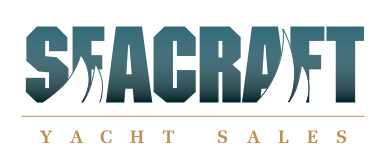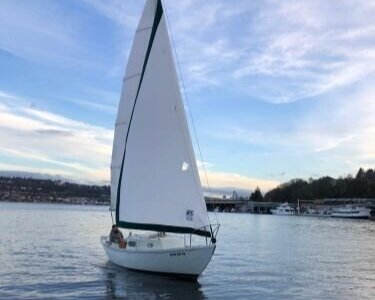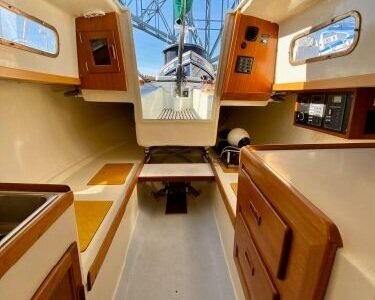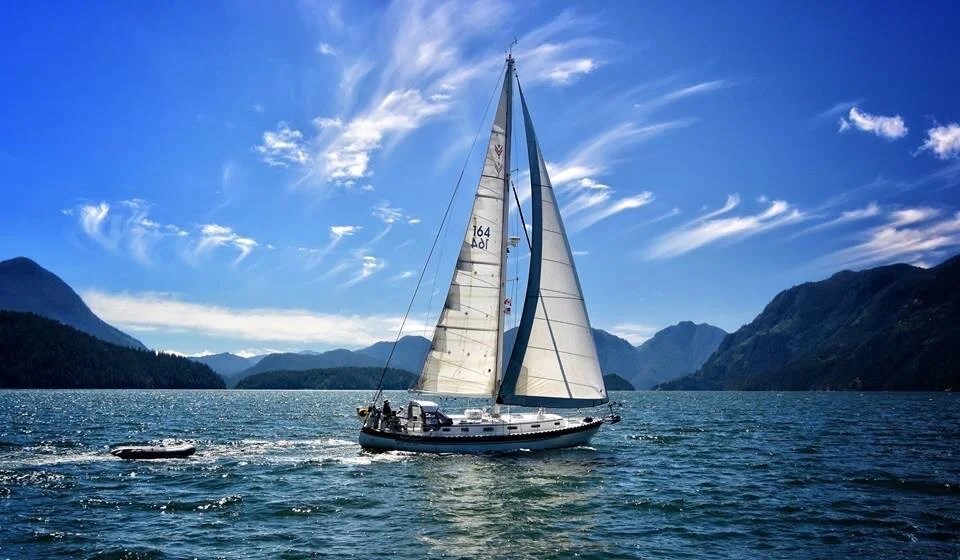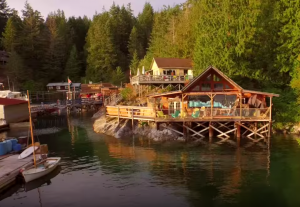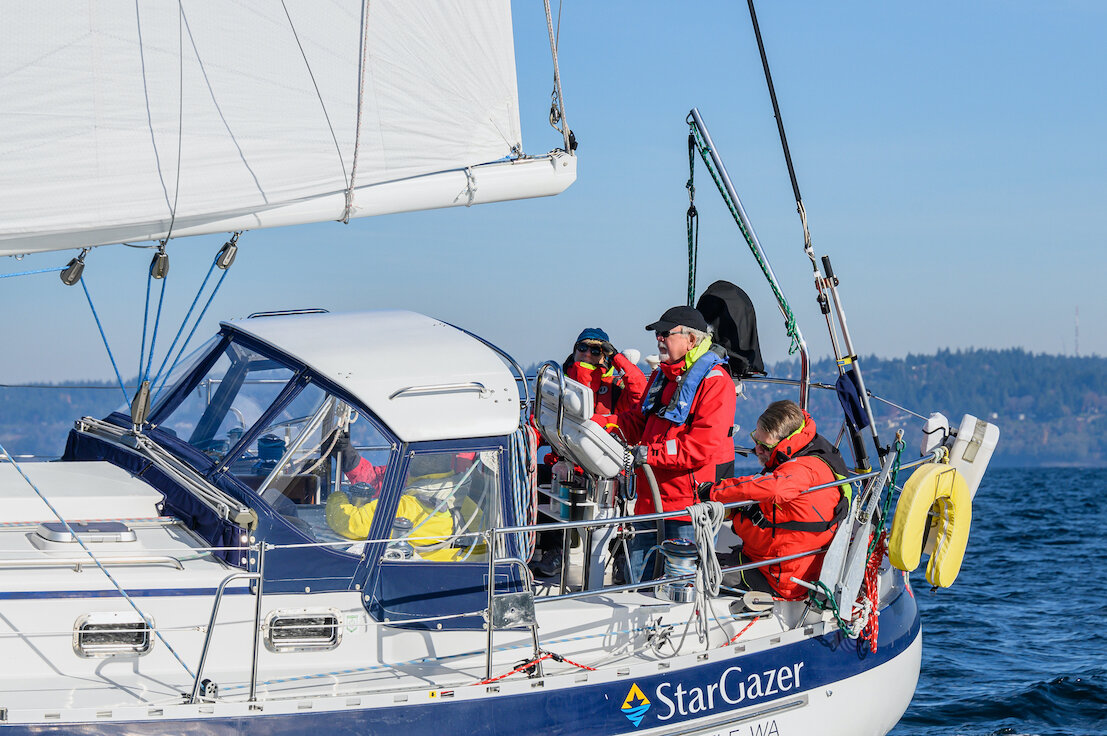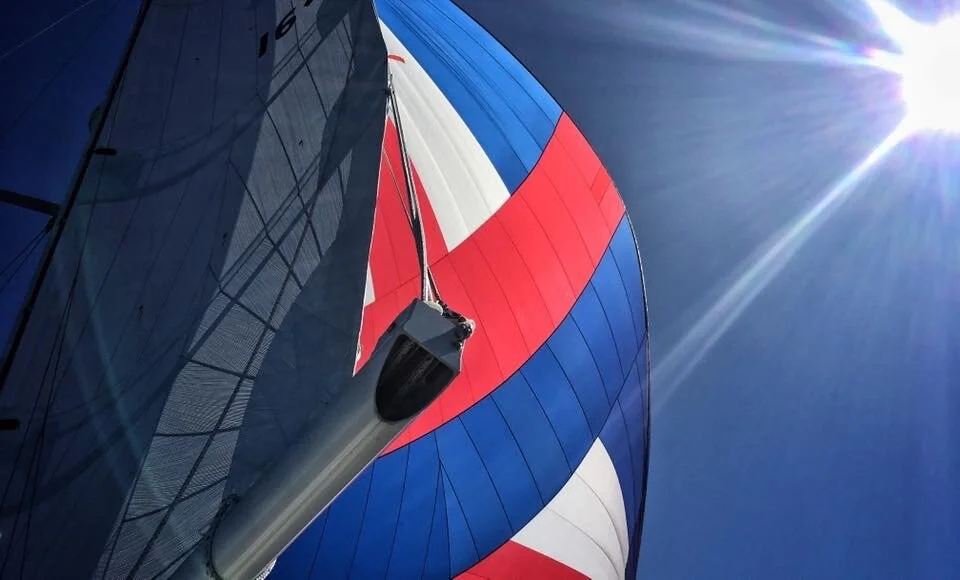Boat Show Weekend! Our Featured Boats
/Are you excited about the Boat Show? It’s the start of the cruising season for many PNW boaters. Whether you’re shopping for a boat, honing your skills, or upgrading your equipment, the Boat Show weekend has historically been the kick-off point for boaters. The Seattle Boat Show will take place virtually this year, over the weekend of 1/28 - 1/31/2021.
We have several listings that await new adventures. Our roster of sailboats covers everything from the perfect lake sailboat to true blue-water world cruisers. If a powerboat is more your style, we have a stylish Crealock-designed yacht that can’t wait to get you out to the islands.
Here are a few featured boats - take a look at our full listings on our website, then call us to make an appointment for your private showing! We are open throughout the Boat Show weekend - call us and chat about your favorite boat!
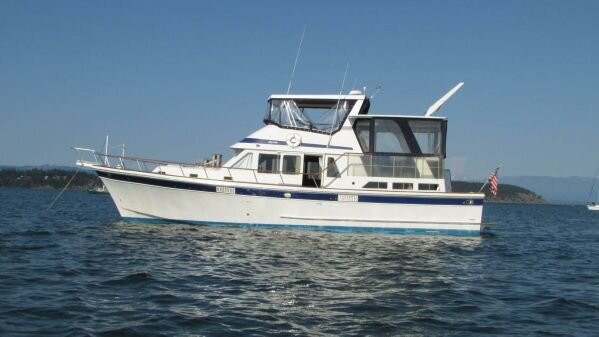
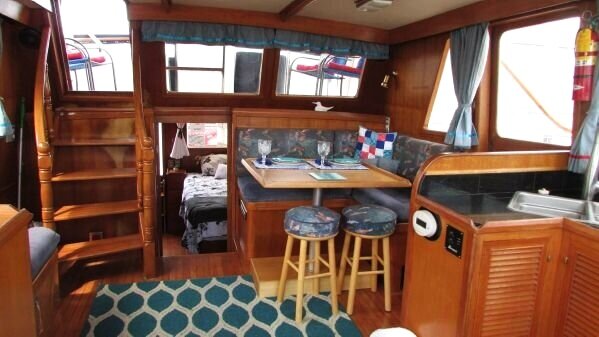
48’ Crealock Offshore Yachtfisher
This yacht is ONE of a kind, and has great name recognition. She was built by renowned marine architect, William Crealock in 1984. This Yachtfisher set the standard for the next many year's production of the legendary "OFFSHORE" brand of fine yachts, all founded around this great designer. She is a wonderful northwest cruiser with heavy construction offering a low center of gravity which gives her the Famous "Crealock Sea-Kindly" ride that his designs are known for in all kinds of northwest seas.
This unique yacht has been upgraded with new features and appliances. She is well appointed with a great galley, boasting a dishwasher, on the salon level, and 3 staterooms and 2 heads with showers. She has remote controlled bow and stern thrusters for handling with ease in even the tightest or windy marinas. She is ready for new cruising experiences with your family.
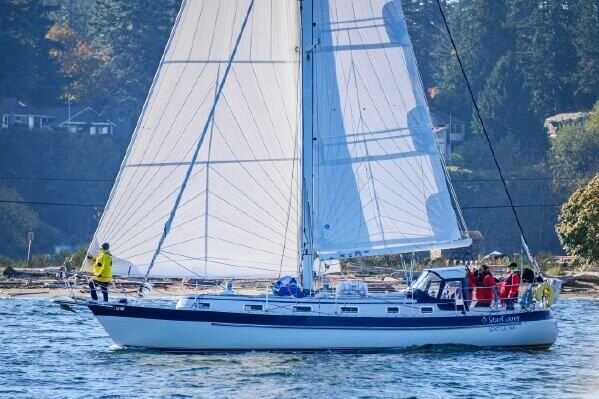
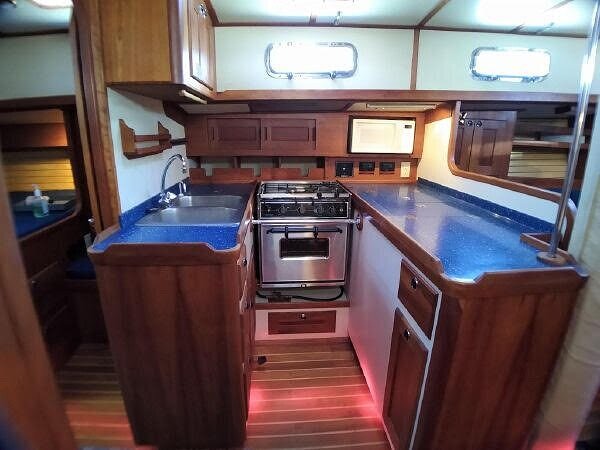
2004 Valiant 42 CE
A perennial favorite of the cruising community for local and coastal passages to long range ocean voyages, the Valiant 42 is the refinement of Bob Perry's famous Valiant 40 design. The addition of a taller double spreader rig and bowsprit enhanced her light air performance and overall balance. Enhanced keel design improved lift and efficiency along with additional ballast for increased stability. The end result is a beautifully balanced, swift, sea kindly cruiser that's easily managed by solo and couples passage makers alike.
StarGazer is the recipient of continually diligent maintenance and thoughtful upgrades from her current owners. This vessel is turn key and ready for her next owner's cruising adventures.
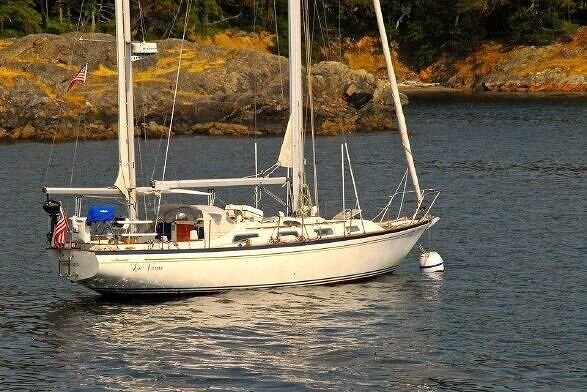
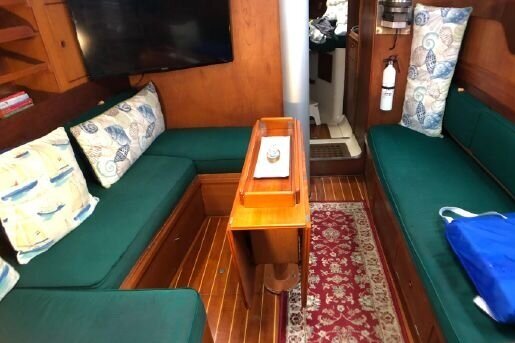
Camper & Nicholsons 40’ Ketch
A rare offering at an exciting price! "LaVerne" is a wonderful example of a Camper Nicholson 40. The 40's were built to withstand the rigors of the North Sea. This is a serious cruiser built by a company that has been designing and constructing blue water vessels for over 2 centuries. She has all teak interior woodwork.
Camper & Nicholson has existed since 1855. An excellent reputation due in part to yachts designed by Ben Nicholson and because of the quality of the build. "LaVerne" comes ready to sail and is a true classic gentleperson's sailing yacht.
25’ Seafarer Meridian
This is your chance to own a stunningly beautiful, classic sailboat. designed by Philip Rhodes. This boat went through a full, professional restoration from the keel up. She is in excellent condition, and is an absolute joy to sail. There were several different iterations of the Seafarer Meridian built over the years. This is the Bermuda model, which has an extended cockpit along with an outboard well.
Every system on board has been updated. The upgrades are numerous, and the list will continue to be added to. The running and standing rigging was replaced with modern equipment including a new mast and boom, furling headsail, loose-footed main, boom kicker vang, new traveler, and self-tailing winches. The decks were rebuilt and refinished, along with a new toe rail from Pacific Seacraft and new cleats. The electrical has been completely redone with a 24v system which also powers the new Torqeedo outboard and electronics package from Simrad.
Highly desirable North Lake Union moorage on a secure dock is available for this boat as well. Come down to our docks and check out this beauty.
